Caring For Your Curly Spider Plant: All You Need To Know To Grow A Cute Curly-Leaved Spider
Spider plants may not seem all that daring or unusual, but there is one variety that definitely comes with a twist! Here’s how to cultivate the cute and curly spider plant
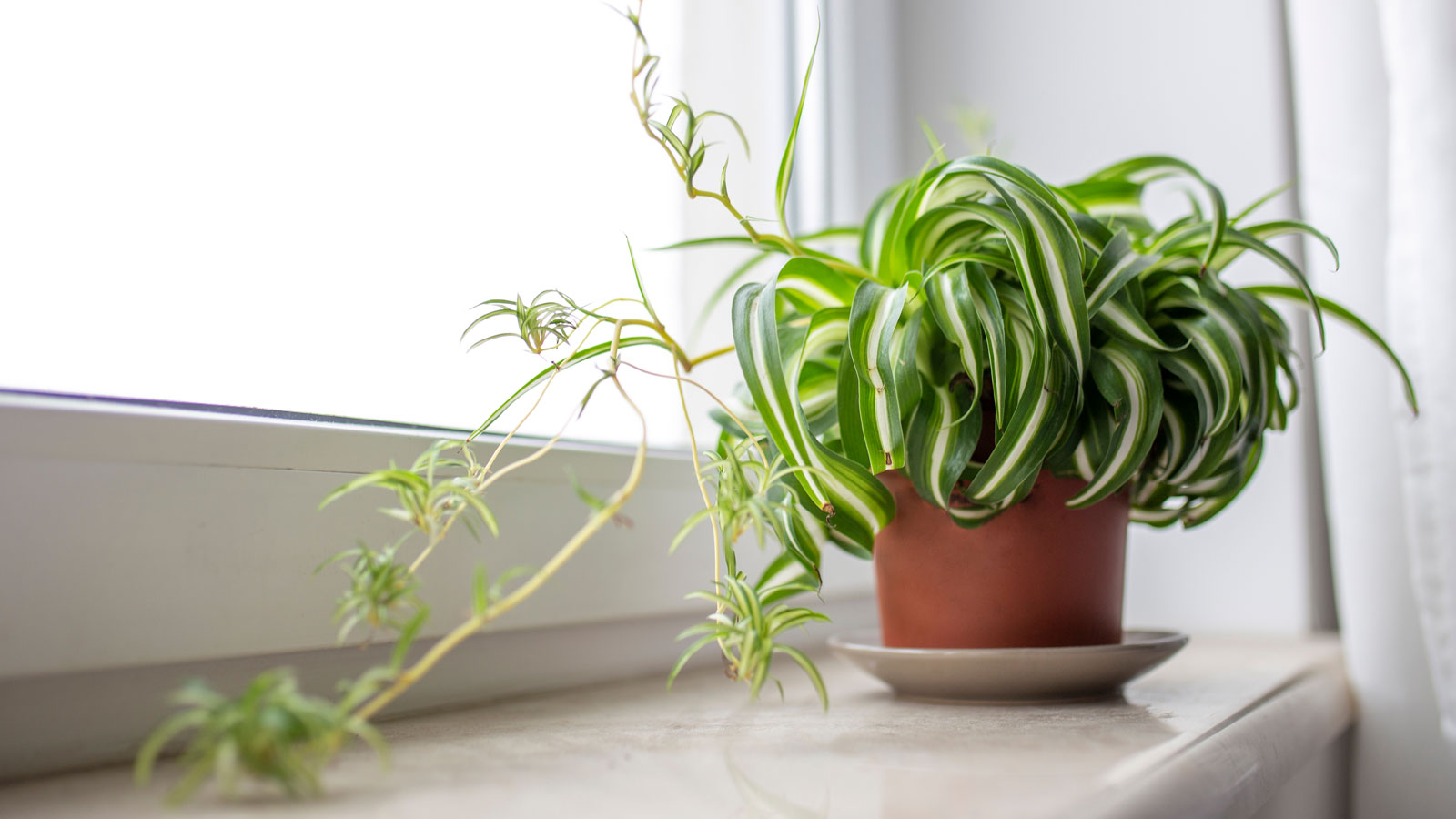

Quick Facts
Botanical name: Chlorophytum comosum
Height:
4 to 8 inches (10-20cm)
Spread:
10 to 12 inches (25-30cm)
Sun: Bright, indirect or shade
Soil: Moist, well-drained
Hardiness zones: 9-11
When to plant: Anytime
Flowering: Year round
Spider plants are popular, low-maintenance houseplants, notable for their long narrow leaves and offspring pups. Curly spider plant varieties share a lot of the same characteristics, just with leaves that curve elegantly along their lengths. Some examples of this twisty-shaped houseplant type include the ‘Atlantic’ and ‘Bonnie’ curly spider plant. The curly-leafed breeds may be a little harder to find, but they are just as easy to care for as regular spider plants.
Here, we outline the best spider plant care, outline some of the key problems to avoid, and also explain how to carry out propagation – so you can cultivate happy curly-leaved houseplants with real character and staying power.
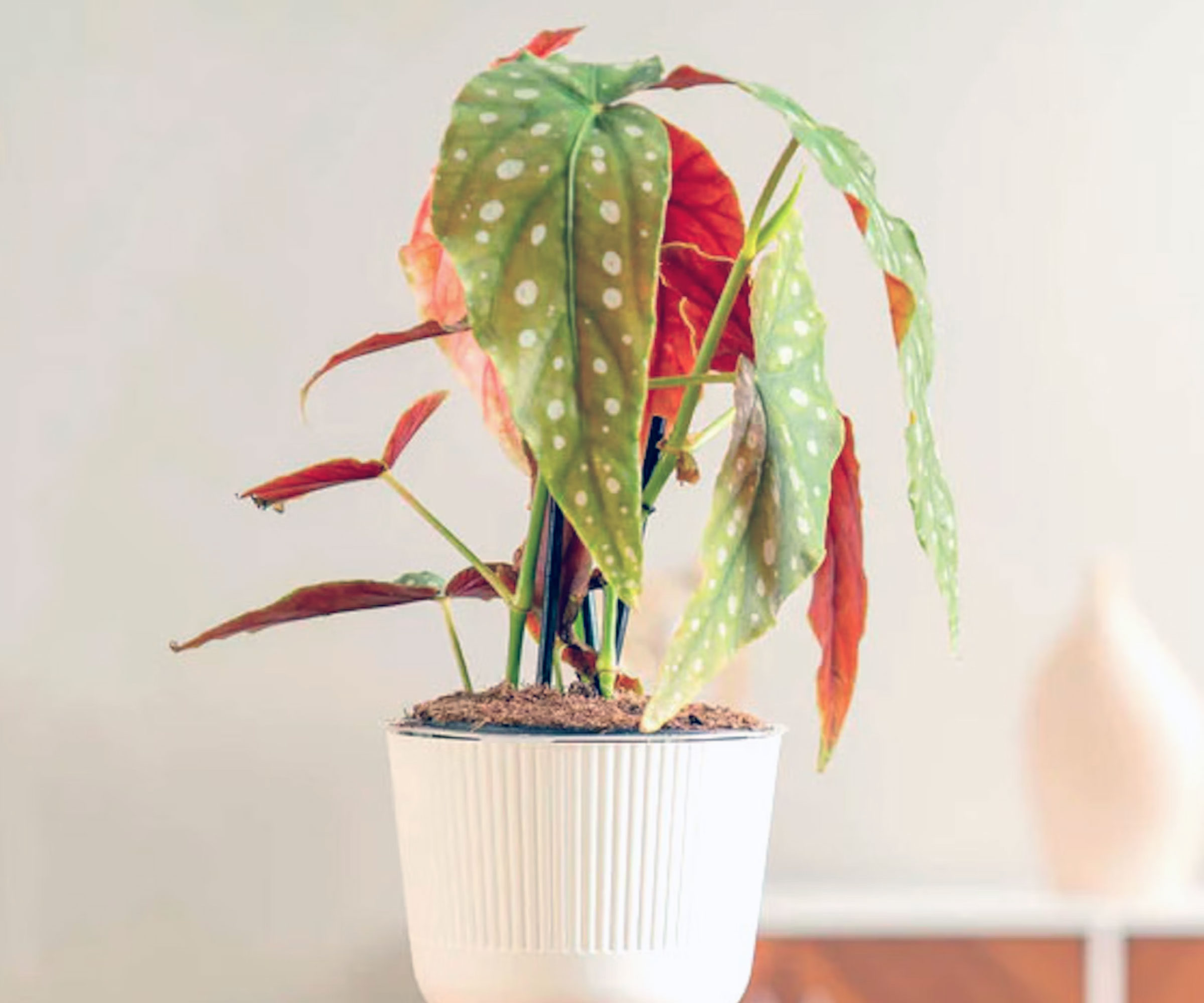
Whether you prefer glossy leaves or dotty leaves, you’ll find all manner of fascinating foliage in the GKH Shop.
Curly Spider Plant Care
As with most varieties of spider plant, the curly leaf spider plant is relatively easy to care for. You just need to adhere to these conditions to help yours grow and thrive:
- Lighting Conditions: For the best curly spider plant care, grow in indirect light or partial shade. These plants can be damaged by too much bright, direct light.
- Temperature & Humidity: Curly-leaf spider plants need warmth and humidity. It will not tolerate temperatures below 50 degrees Fahrenheit (10°C). Keep it away from cold drafts and use a pebble tray to raise humidity levels in the air to 50% or 60% humidity.
- Watering Needs: Keep your spider plant's soil evenly and consistently moist but not soggy. Fluoride and chlorine in water can discolor the leaves. Use distilled water or rainwater.
- Fertilizing: Use an all-purpose houseplant fertilizer once a month during the spring and summer. Do not fertilize in winter.
- Soil & Compost: Spider plants tolerate many conditions but they prefer soil loose and loamy with very good drainage. A neutral pH is ideal.
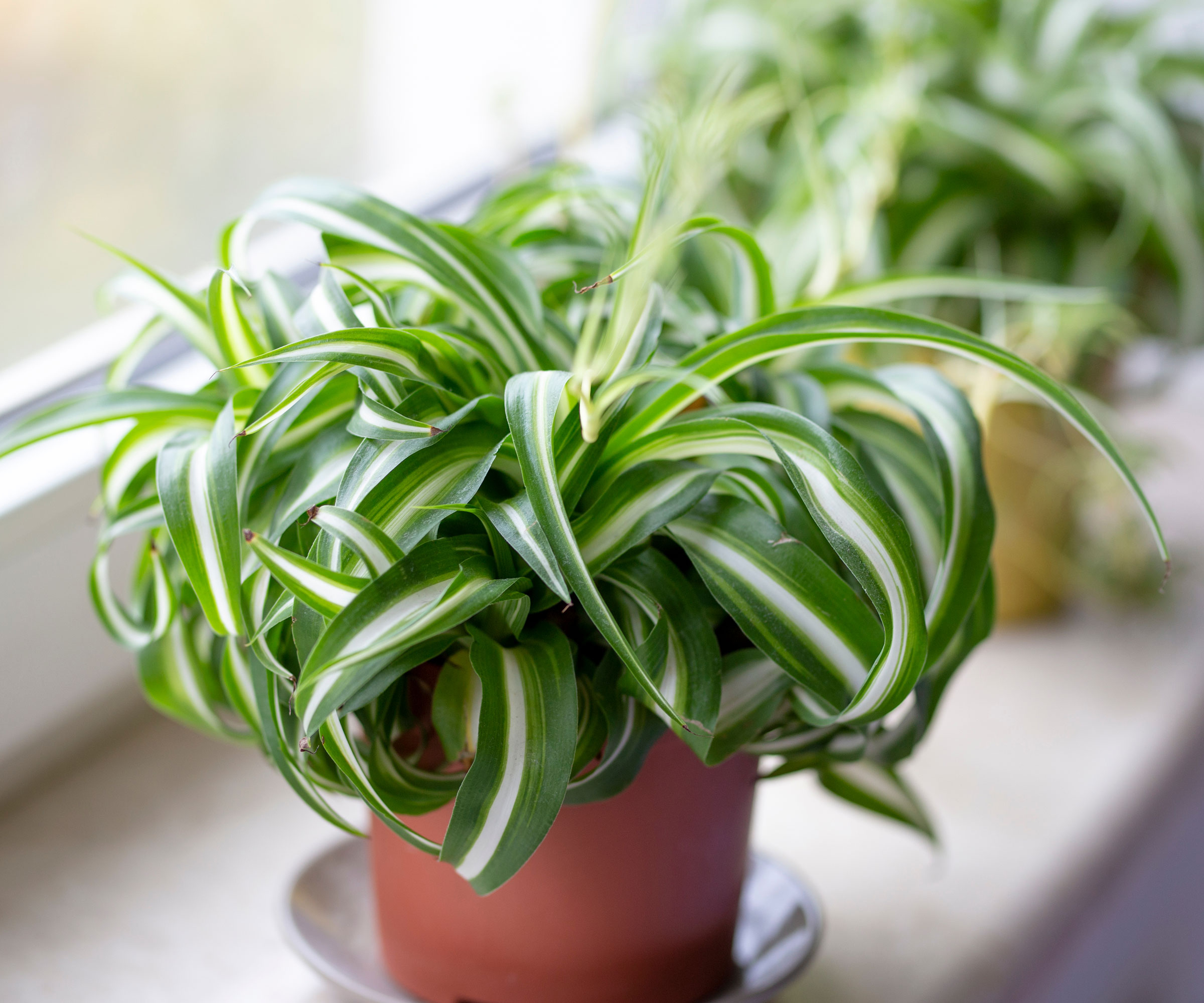
Where to Grow Curly Spider Plants
To best mimic its native conditions of subtropical and tropical Africa, the curly spider plant should be kept in warm conditions with humid air and indirect light. It grows naturally under other plants and does not do well with direct sunlight.
Choose a spot in your home with indirect light, such as a few feet from a window. Or use a bright window but with light filtered through other plants or a sheer curtain. The spot should be free of cold drafts and have adequate humidity. You can grow spider plants outside in zone 9 or higher or in summer in colder climates. Make sure it has shade in an outdoor spot.
How to Plant Curly Spider Plant
When potting spider plants, make sure the container has drainage holes. Good drainage is essential for all types of spider plants. It should be about one-third larger than the root ball. A hanging curly spider plant pot is a good option for showcasing the leaves and encouraging good spread and air flow. Use a loose, good-quality potting mix and repot spider plants to a slightly larger container every two to three years.
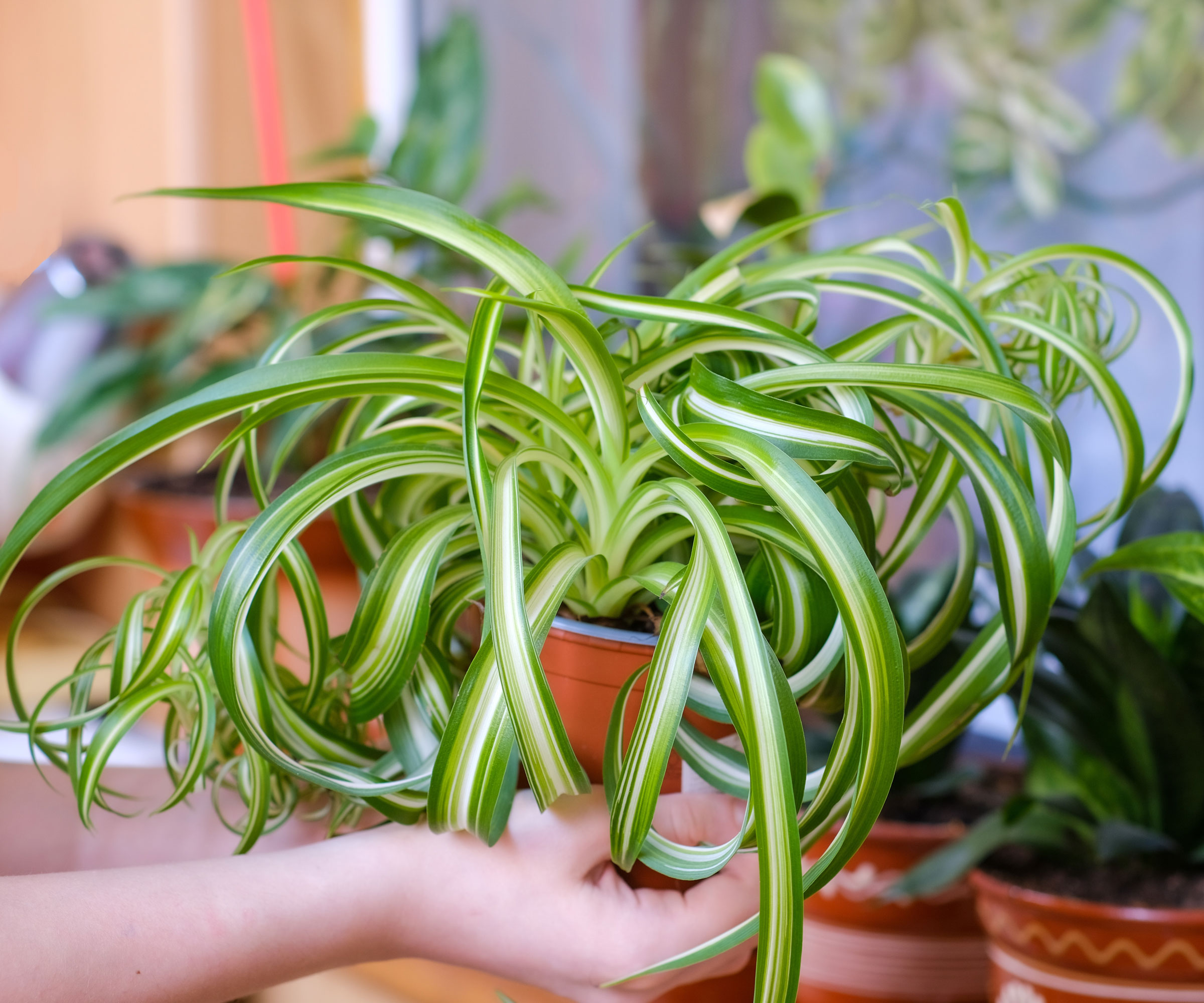
Pruning Your Curly Spider Plants
Spider plants don't need much pruning. Trim off any dead or browning leaves or brown tips on spider plants as they appear. Remove plantlets if the overall plant is getting leggy. This will redirect energy to the main plant. You can do this at any time of year.
Gardening tips, videos, info and more delivered right to your inbox!
Sign up for the Gardening Know How newsletter today and receive a free copy of our e-book "How to Grow Delicious Tomatoes".
Curly Spider Plant Problems, Pests & Diseases
The main issues that people tend to see with spider plants are overwatering and too much bright light. Soggy roots will cause the plant to wilt and ultimately die. If you see yellowing on spider plant leaves, it could be a sign of a disease like root rot. Ensure good drainage and keep the soil lightly moist. If you have eliminated this as a possibility, it could be a nutrient deficiency, so be sure to fertilize accordingly.
Bright light will cause the leaves to scorch. Brown leaves may also indicate the presence of fluoride and chlorine in the water. Try switching to distilled water. Spider plants are not particularly prone to pests, but keep an eye out for scale or mealybugs.
Propagating Curly Spider Plants
Spider plants are very easy to propagate by plantlet. Look for curly spider plant babies, because you can propagate these spiderettes (also known as pups). These are miniature offshoots that are easy to identify. Remove them with clean, sharp shears, being sure to keep their small roots intact. Simply pot these babies to get a new plant. Spring is the best time to repot pups, but you can do it any time of year.
You can also propagate curly spider plants by division. Uproot the plant and divide it into sections to repot. It is possible to propagate spider plants by seed, but this is difficult and requires pollination.
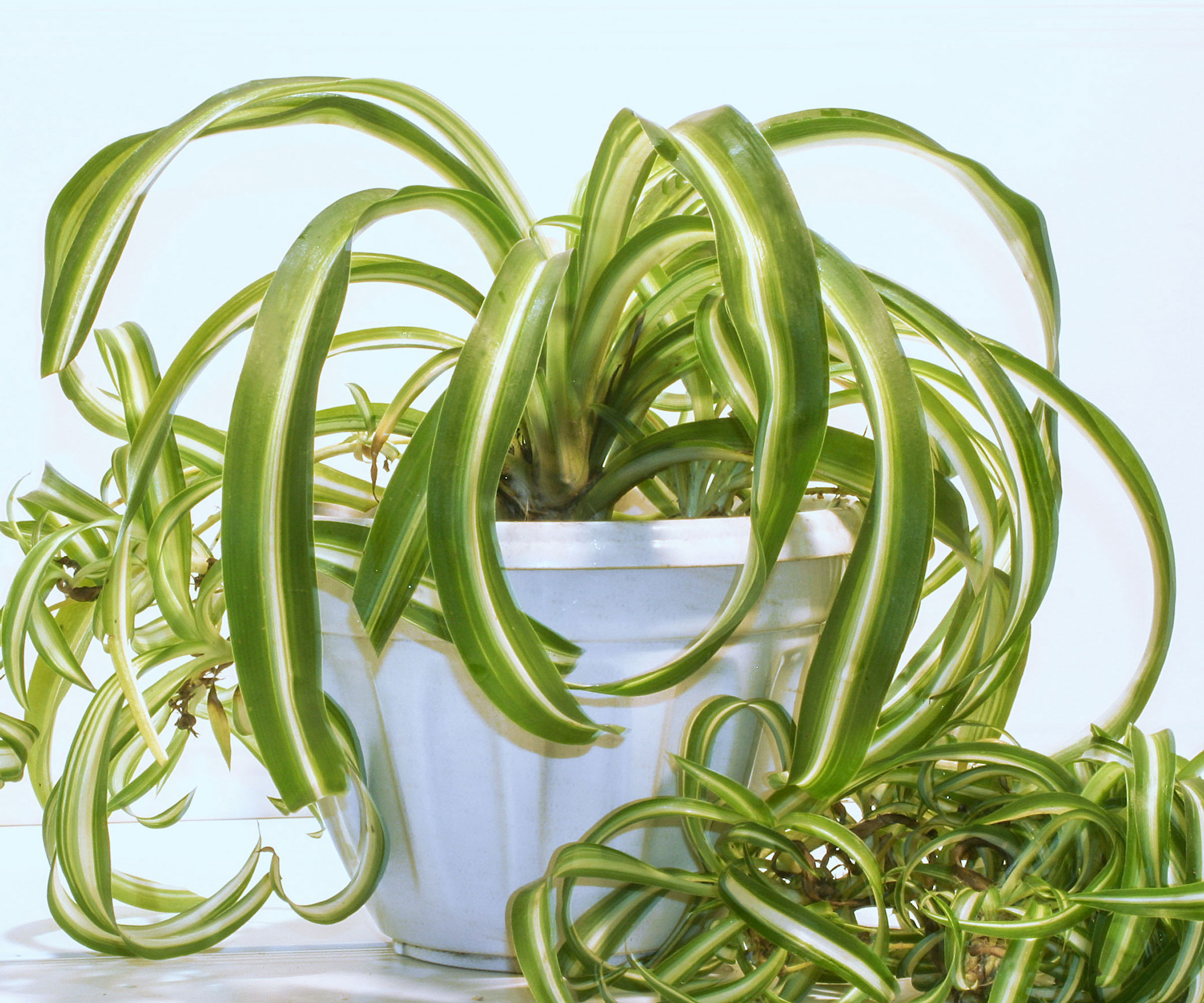
Frequently Asked Questions
Why Are Spider Plant Leaves Curly?
Some varieties of spider plants have naturally curly leaves. If you have a straight-leaved variety and the leaves are curling, there could be an environmental issue. The leaves may curl if they are wilting from over or under-watering. Scorched leaves in bright light may also curl. Finally, dry air can cause the leaves to curl.
Do Curly Spider Plants Like Humidity?
Yes, the ideal conditions for curly spider plants include at least 50% or 60% humidity. If necessary, use a humidifier or pebble tray to increase humidity around the plants.
More Bold and Inventive Plant Ideas
- Willing to go out of your way to grow something totally out there? If you’re feeling adventurous, read about hard-to-find houseplants that are really easy on the eye.
- Curious to grow some of the easiest houseplants but also looking for a walk on the wild side? This roundup of unique and unusual ZZ plants combines style and simplicity.
- Longing for the perfect plant combinations for every single room of your room? Make sure your domestic space is filled to the brim with singular specimens and green groupings.
- Want to bring a splash of the inventive to your cutting garden and cut flower arrangements? Read about the most unusual flowers to grow in your cutting garden this year.
- Looking for some growing inspiration that could also help with making that perfect cup of tea? Read about some unusual plants for making tea that you can grow in your backyard!
This article features products available from third party vendors on the Gardening Know How Shop.

Mary Ellen Ellis has been gardening for over 20 years. With degrees in Chemistry and Biology, Mary Ellen's specialties are flowers, native plants, and herbs.